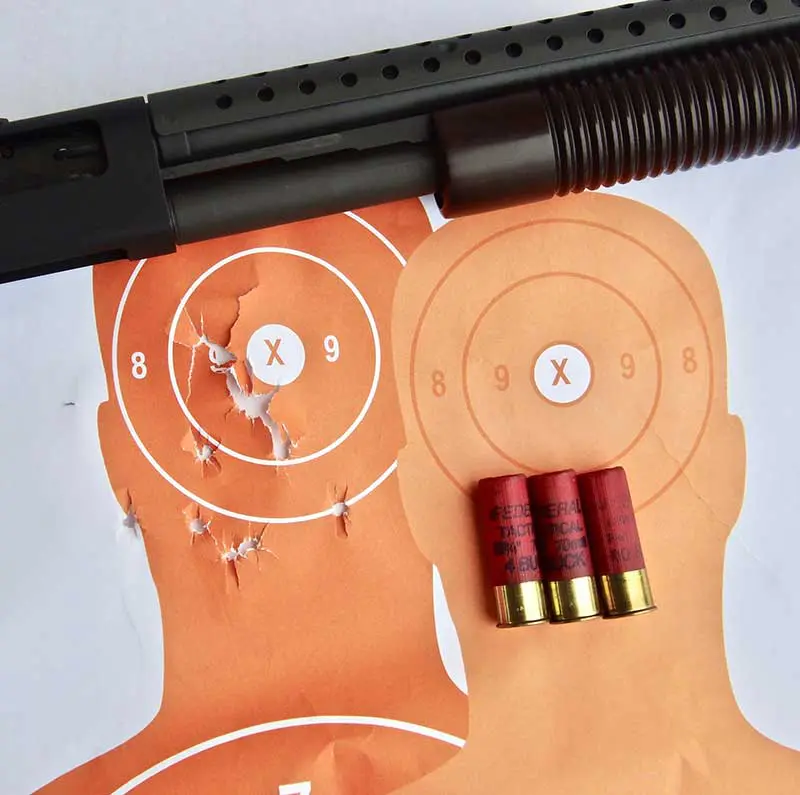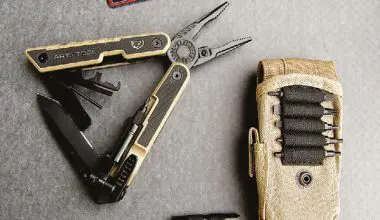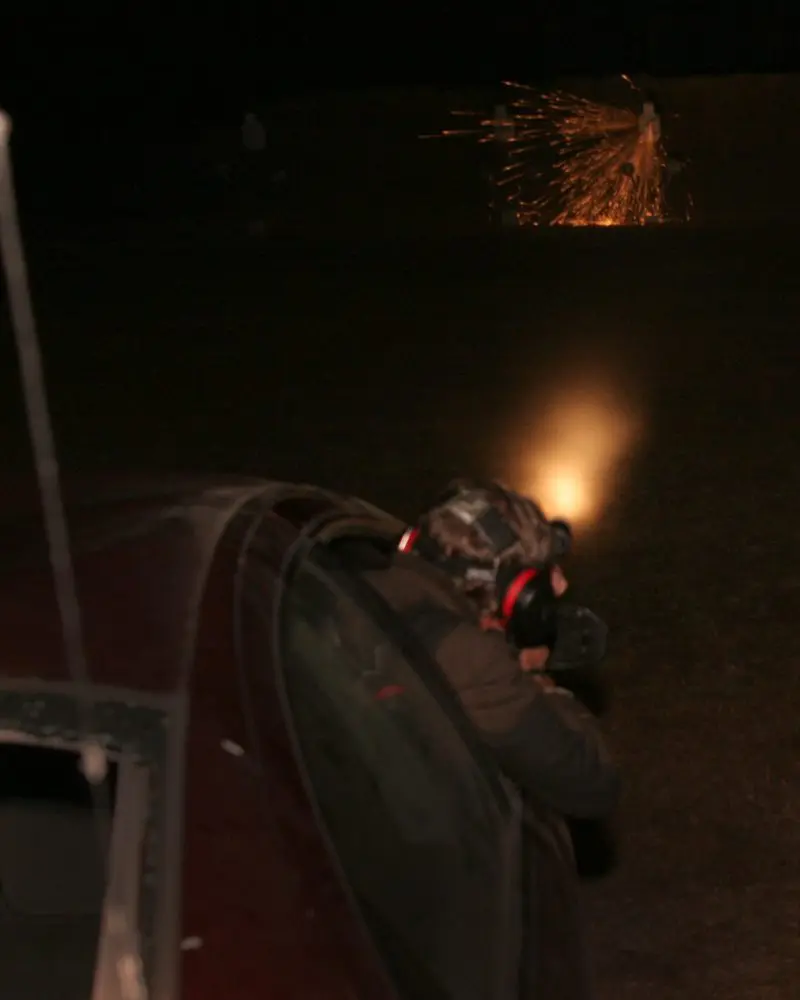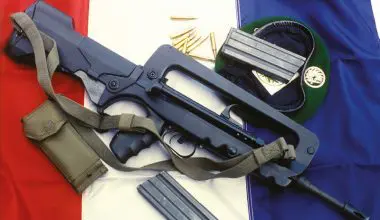I admit I’m not really sure which golden age I’m talking about. In one way, I think of my youth as the golden age, as most boys I knew had a .22 rifle. On the other hand, as I’ll explain, today is in many ways the new golden age of the .22 rifle.
As with many reading this, my first rifle was a single-shot bolt-action .22. I wish I could remember the brand, but I can’t. That’s partially because I inherited a .22 Colt Woodsman— the 2nd Model, which is still my favorite—in my teens and did most of my plinking with it.
I did acquire one of the inexpensive but very accurate bolt-action Remington .22 rifles as a freshman in college and shot it a lot. Those were the days, as some of you remember, when we’d save pennies and nickels to buy a box or two of .22 Long Rifle ammo, then go shoot it up at a makeshift range in the woods.
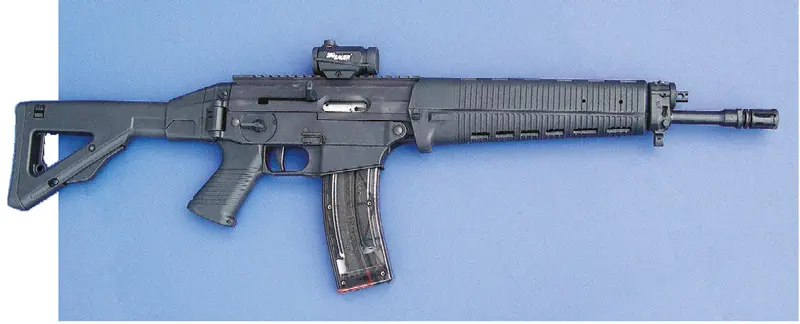
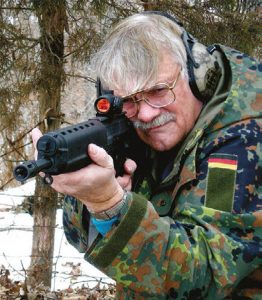
In those days, there were two .22 rifles I longed for. I wanted one of the Marlin 39 lever actions and/or one of the Browning .22 Automatic Rifles. At the time, I was spending my money on silly things like girls and keeping my 1957 Ford running. Many years later, I did get one of the Browning .22 Auto Rifles, which I still shoot occasionally. But I never got one of the Marlin 39s.
For a while during my senior year in college, the only .22 rifle I owned was one of the Savage .22/20-gauge Model 24 combo guns. After I graduated, I attended summer school before leaving for the service and kept it next to my bed loaded with a .22 LR hollow point in the top barrel and a 20-gauge buckshot load in the bottom barrel.
I lived in an apartment in a rather seedy neighborhood near the Mississippi River, and one night a drunk tried to break down my door. The Model 24 never seemed intimidating to me, but it must have been to him, as he went running down the stairs when I answered the door while clutching it.
For many years after that, I did a lot of shooting with centerfire and rimfire handguns and centerfire rifles, but I did not shoot the .22 rifle that much. I had a Ruger 10/22 for most of that time, but that was the only one and I rarely shot it. I often considered buying one of the USGI .22 Long Rifle training bolt actions. That’s still on my to-buy list.
But over the last few years, I’ve started shooting .22 rifles again quite a bit. Two things have contributed to that. First, the introduction of the S&W M&P15-22 and the SIG Sauer 522 has given me .22 rifles that are fun to shoot and let me train with rifles that handle similarly to the AR-15 and SIG 550 series rifles I shoot a lot.
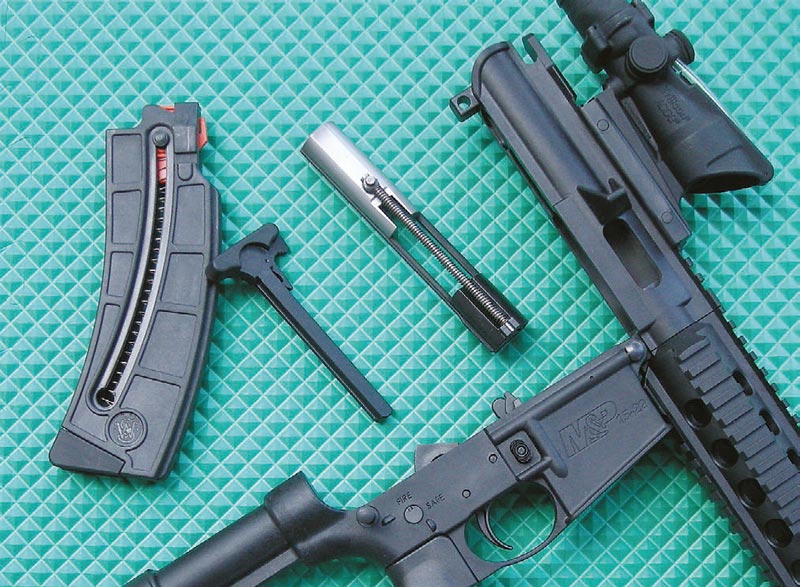
Second, surplus 5.56x45mm and 7.62x51mm, and even 7.62x39mm and 5.45x39mm ammunition, became much more expensive. That made shooting .22 rifles still more appealing, until the supply of .22 Long Rifle ammunition virtually dried up. Luckily, I had purchased 10,000 rounds of .22 LR right before it became scarce, so by rationing myself to 100 rounds per shooting session, I’ve kept my .22s running. Fortunately, ammo is becoming available again.
I alternate shooting my M&P15-22 and SIG522. Both are accurate, reliable, and have rails that let me mount a Trijicon ACOG similar to those I use on my centerfire versions of the same rifles. Not only do these rifles let me practice transitions, shooting while advancing or otherwise moving, double taps/ hammers, and other tactical applications, but they also let me do it without feeling like there’s a chute that loads money from my bank account directly into the rifle’s magazine.
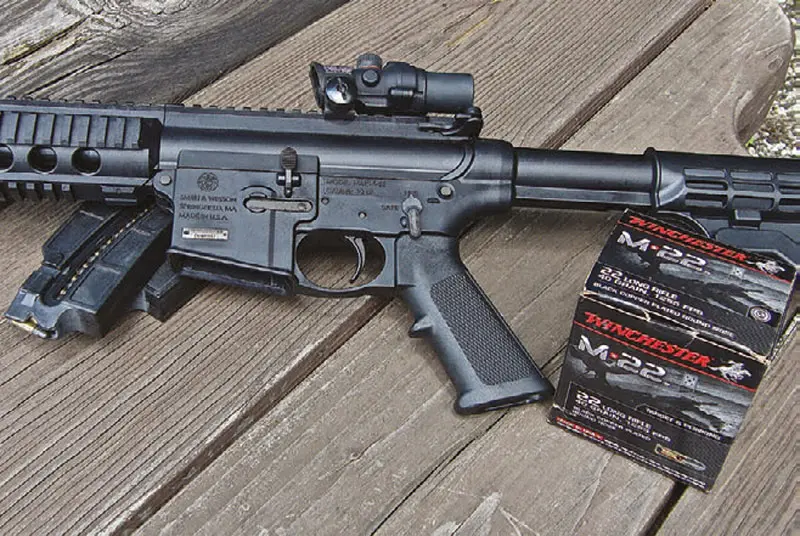
There are other advantages, too. At some ranges, including some indoor ones, it is acceptable to shoot .22 rifles but it would not be to shoot centerfire rifles— both because of noise and penetration/ricochet dangers.

Some other replicas of modern rifles are made in Germany and employ a chamber that can be placed into the lookalikes for various rifles. These are clever and look “tactical,” but my experience is that the chamber gets dirty quickly and is hard to clean. As a result, the rifles are not especially reliable.
One thing that does help with reliability of the M&P15- 22 and SIG522 is that some manufacturers now produce .22 Long Rifle ammunition specifically designed to function well in self-loading military-style .22 rifles. I have had good results with Winchester’s M-22, which has proven reliable and accurate. It shoots fairly cleanly as well—I can shoot hundreds of rounds without the rifle showing excessive fouling.
As the AR-15 has become such a popular rifle, having a .22 version that can be used for training and/or just plinking is advantageous. A .22 Long Rifle AR replica that shoots well would make an excellent rifle for a boy or girl who has received proper safety and handling training for a semi-auto.
While thinking about a current rifle for a young man or woman, I consulted a 1965 Shooter’s Bible to check some prices. A Remington 511X bolt-action, box-magazine .22 rifle of the type I had in my teens sold for $38.95. That equates to a little under $300 in 2016 dollars. But a Marlin 39A leveraction of the type I coveted back then sold for $79.95, which would be about $608 today.
Since MSRP on many M&P15-22 models is in the $450 to $500 range, their choice as a beginner’s rifle does not, on balance, seem an excessive expense.
Today is a good time for the .22 rifle. In addition to quality military-style rifles such as the M&P15-22 and the SIG522, there are other choices, some very reasonable. For example, a couple of years ago, I acquired a Ruger 10/22 Takedown model, which is a dandy backpack rifle.
My conclusion is that the .22 rifles of my youth evoke a nostalgic golden age, but the rifles currently available for practice and fun make this a golden age for .22 rifle shooting and training as well.
